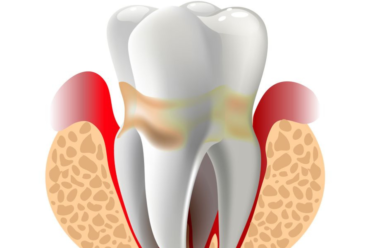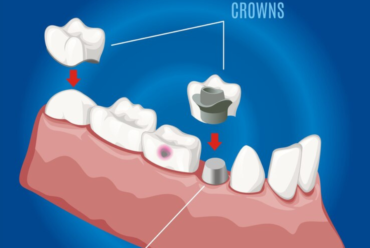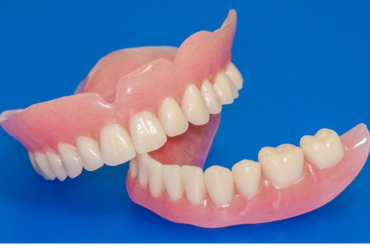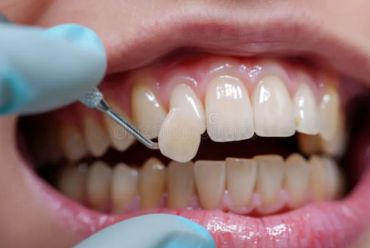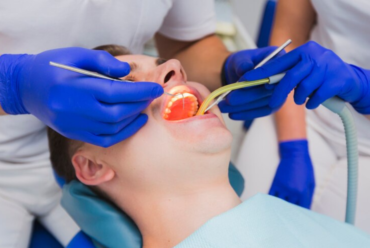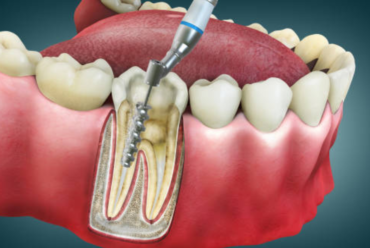When Should You See an Orthodontist? Signs to Watch For
Orthodontic care is essential for maintaining a healthy, functional, and aesthetically pleasing smile. Many people assume that orthodontic treatment is only for children and teens, but adults can also benefit. Whether it’s correcting misaligned teeth, bite issues, or improving overall oral health, an orthodontist can help at any age. But how do you know when it’s time to see one? Here are the key signs to watch for.
- Crooked or Crowded Teeth
One of the most obvious signs that you need an orthodontist is crooked or crowded teeth. Misaligned teeth can affect your appearance and make cleaning difficult, increasing the risk of cavities and gum disease. Braces or clear aligners can straighten your teeth and improve oral hygiene.
- Difficulty Biting or Chewing
If you experience pain or discomfort when eating, your bite may be misaligned. Problems like overbites, underbites, crossbites, and open bites can make chewing inefficient and put extra stress on your jaw. An orthodontist can diagnose and correct these issues with treatment plans tailored to your needs.
- Jaw Pain or Popping Sounds
Frequent jaw pain, clicking, or popping sounds when you open or close your mouth may indicate a temporomandibular joint (TMJ) disorder. Orthodontic treatment can help realign your bite and alleviate stress on your jaw joints, reducing pain and discomfort.
- Frequent Mouth Breathing
Breathing through your mouth instead of your nose can be a sign of an underlying orthodontic issue. Improper jaw positioning or a narrow airway may contribute to mouth breathing, leading to dry mouth and an increased risk of cavities and gum disease. An orthodontist can assess whether an intervention is needed to improve breathing and oral health.
- Speech Difficulties
If you or your child have trouble pronouncing certain words, orthodontic problems may be the cause. Misaligned teeth or jaw issues can affect tongue placement and speech clarity. Orthodontic treatment can help correct these problems, improving both function and confidence.
- Gaps Between Teeth
While some people embrace the look of gapped teeth, excessive spacing can lead to dental problems. Food can get stuck between teeth, increasing the risk of decay and gum disease. Braces or clear aligners can help close gaps and improve overall oral health.
- Early or Late Loss of Baby Teeth
For children, losing baby teeth too early or too late can indicate a problem with dental development. If permanent teeth don’t emerge properly, it can lead to crowding or misalignment. An orthodontist can monitor growth patterns and recommend treatments to guide teeth into their correct positions.
- Grinding or Clenching Teeth
Bruxism, or teeth grinding and clenching, can cause severe wear on teeth and lead to jaw pain or headaches. Orthodontic intervention can help correct bite issues that may be contributing to this habit, preventing long-term damage to your teeth and jaw.
- Facial Asymmetry or Uneven Jaw Growth
If your face appears asymmetrical or your jaw seems to be growing unevenly, an orthodontist should evaluate your condition. Problems with jaw development can impact chewing, speaking, and overall facial aesthetics. Early intervention can prevent more serious complications down the line.
- Self-Conscious About Your Smile
If you feel self-conscious about your teeth and avoid smiling in photos or social settings, orthodontic treatment can help restore confidence. A straight, healthy smile can improve self-esteem and positively impact social and professional interactions.
When to Schedule an Orthodontic Visit
If you notice any of the signs mentioned above, scheduling a consultation with an orthodontist is a smart decision. The American Association of Orthodontists recommends that children have their first orthodontic evaluation by age 7. However, orthodontic care is beneficial at any age, and adults can achieve great results with modern treatment options.
What to Expect at Your First Orthodontic Appointment
During your initial consultation, the orthodontist will examine your teeth, jaw, and facial structure. They may take X-rays, impressions, or digital scans to assess your bite and alignment. Based on their findings, they will recommend a personalized treatment plan, which may include traditional braces, clear aligners, retainers, or other corrective measures.
Orthodontic issues go beyond aesthetics—they impact oral health, comfort, and functionality. If you’re experiencing any of the signs listed above, consulting an orthodontist can help you achieve a healthier, more confident smile. Whether for yourself or your child, early intervention can prevent more serious dental problems in the future. Don’t wait—schedule an appointment with an orthodontist today!


